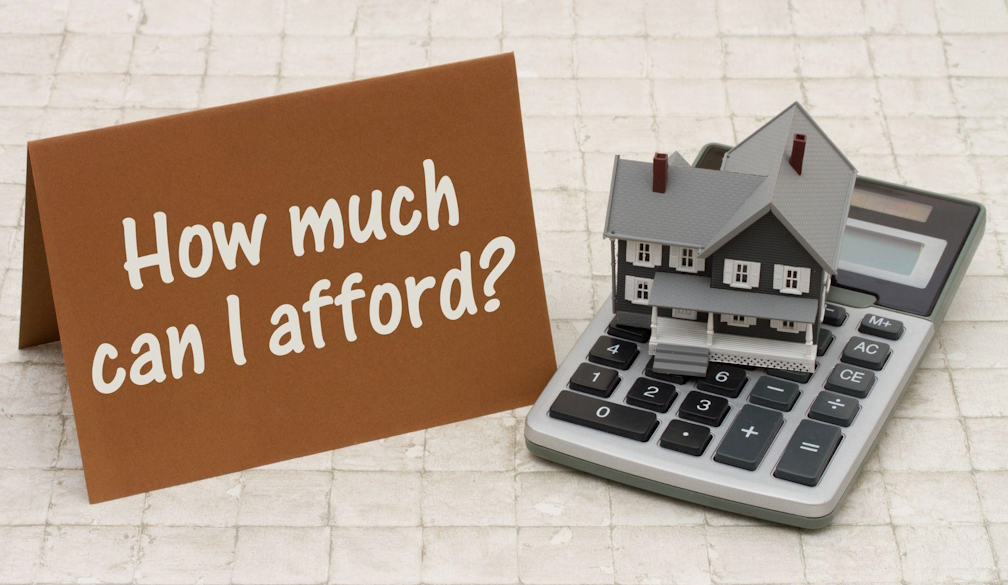Effective Strategies for Accelerated Mortgage Payments in Financial Planning
- Written by Daily Bulletin

Paying off your mortgage early is a goal many homeowners strive for. The idea of being mortgage-free is enticing, and the benefits are numerous. From saving on interest to gaining financial freedom, accelerated mortgage payments can significantly impact your financial future. However, before diving in, it's essential to have a well-thought-out financial plan.
Understanding Accelerated Mortgage Payments
Accelerated mortgage payments are an excellent strategy for homeowners who want to own their homes sooner. But what exactly are they? Simply put, these are payments made over and above the standard monthly mortgage payments. They can take various forms such as bi-weekly payments, extra monthly payments, or even lump-sum payments.
When comparing bi-weekly payments to monthly ones, it's important to understand the difference. Bi-weekly payments involve paying half of your monthly mortgage payment every two weeks. Since there are 52 weeks in a year, this method results in 26 bi-weekly payments, which is equivalent to 13 monthly payments – essentially paying an extra month’s worth.
The effects on interest and principal payments are also worth noting. Accelerated payments directly reduce the principal balance, thereby reducing the amount of interest paid over the life of the loan. Some common myths suggest that making extra payments might trigger penalties or complicate the mortgage terms, but these concerns are often unfounded. However, it’s always wise to consult your mortgage terms or speak with a professional.
Assessing Your Financial Situation
Before diving into an accelerated mortgage payment plan, it’s important to assess your financial health. Start by evaluating current income, expenses, and savings. Calculating disposable income – the money left after all necessary expenses – is a crucial step. This gives a clear picture of how much can realistically be allocated towards extra mortgage payments.
Identifying and eliminating unnecessary expenses can free up additional funds. Reviewing monthly subscriptions, dining habits, and other discretionary spending can reveal surprising savings. Creating a budget that accommodates extra payments involves careful planning. While focusing on mortgage payoff strategies, ensure that other financial obligations and goals aren’t compromised.
Developing a Mortgage Acceleration Plan
Next, set clear financial goals and timelines. Whether your goal is to pay off the mortgage within five, ten, or fifteen years, having a specific timeframe provides motivation and direction. Selecting the right payment frequency depends on individual financial circumstances. Some might prefer bi-weekly payments for consistency, while others might opt for making larger, less frequent lump-sum payments.
Utilizing mortgage calculators and tools can be highly beneficial. These tools provide detailed projections and can help fine-tune your acceleration plan. Consulting with financial advisors or mortgage professionals is also recommended. They can offer tailored advice and ensure that your strategy aligns with both long-term and short-term financial goals.
Strategies for Making Extra Payments
When it comes to making extra payments, there are several innovative strategies to consider. Allocating windfalls and bonuses toward your mortgage is one effective method. Rather than spending sudden financial gains, directing them towards your mortgage can significantly reduce the principal balance.
Another approach is cutting down on discretionary spending. Simple lifestyle adjustments like reducing dining out or curbing luxury purchases can provide additional funds for your mortgage payments. Automating extra payments is another smart tactic. By setting up automatic transfers, the risk of missing a payment is minimized, ensuring consistent progress.
Exploring refinancing options can also be advantageous. Refinancing to a lower interest rate or a different mortgage term can improve your financial standing, making accelerated payments more manageable. Be sure to weigh the benefits and costs of refinancing to determine if it aligns with your overall mortgage acceleration plan.
Monitoring and Adjusting Your Plan
Regularly monitoring your mortgage statements is crucial. Keeping track of the remaining balance, interest paid, and the impact of extra payments helps in staying informed. As financial circumstances change, be prepared to adjust your plan. Changes in income, unexpected expenses, or shifts in financial goals may require a revised approach.
Tracking progress towards your payoff goal serves as motivation. Celebrating milestones, such as reducing the principal balance by a certain amount or reaching a halfway point, can keep the momentum going. Small celebrations along the way remind you of the progress made and the ultimate goal of being mortgage-free.
Conclusion
In conclusion, the benefits of accelerated mortgage payments are clear – they lead to significant interest savings and enhance financial freedom. Starting with a thorough financial assessment and realistic goal-setting provides a solid foundation. Employing various strategies, from windfall allocations to automated payments, will help in reaching the mortgage payoff goal efficiently.
Staying committed to the plan requires regular monitoring, adjustment, and celebrating milestones. The long-term financial benefits of paying off your mortgage early cannot be overstated. By prioritizing mortgage payoff strategies, homeowners can pave the way for a more secure and financially independent future.




